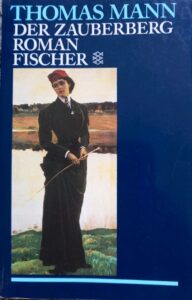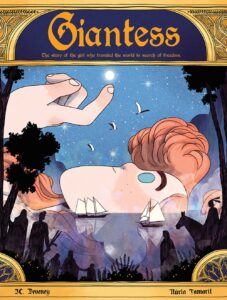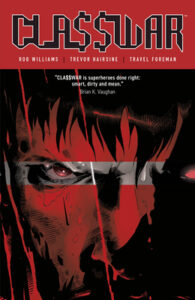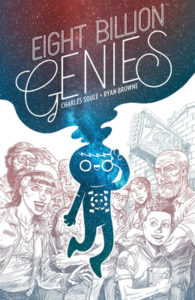Laura B. Eilers, the entirely lovely and often effervescent founder of The Frumious Consortium, died in mid-July — suddenly, absurdly, unexpectedly, and entirely too soon. She built community wherever she went. Frumious began as a project to bring together some of her friends from around the world with a slightly writerly bent, give them a platform, and encourage them to gyre and gimble in this virtual wabe. She had such fun sending and receiving things through the mail, encouraging others across the continents to do the same with art and flair, that she set up a web site to help people do just that, and to share their artful efforts online.
She was an ardent Captain America fan, apparently well known in their online forums. She traveled to London in 2018 specifically to see her Cap people there. She was kind enough to share some of her time in London with me. We hung out a bit, had dim sum, and took in a performance of Hamilton, not least because she had discovered that great seats in London cost less than half what mediocre seats would have cost in the Washington DC area where she lived. I’ve been trying to remember when I had last seen her in person before that, and I can’t really. She moved to DC after I left, so it probably wasn’t there, and before that I dunno. Online was a natural habitat for her, and since we found each other again — first when e-mail became common and then more strongly when social media came along — we carried on our sporadic conversation with the ease of old friends who are looking forward to knowing each other for a long time to come.
When I wrote asking whether she knew there was a Laura Eilers who was a podiatrist in Belgium, she replied “We’re a diverse lot. We also won Miss Virginia, sell vitamins, and coach cheerleading!” Picture bright blue eyes and a sly grin to go with that, and you’ve got Laura to a T.
We had known each other since middle school. She was central to a sprawling group of friends — smart, arty, off-beat people who didn’t feel that we really fit in with 1980s south Louisiana. Not everybody did all of the things, but a lot of us played D&D, read comics, read fantasy and science fiction, wrote and drew fannish things, played in the school band or orchestra, did dance, went to Rocky Horror. There were group politics and youthful drama, but there was community for teens for whom it might have otherwise been in short supply. Seeing how Laura kept connecting people throughout her life, I can’t help but think she was a big reason why. Then we finished school and practically all of us left Louisiana. Some are mathematicians, some are carpenters’ wives, as the song goes. I do know how it all got started, and though I don’t know what they’re all doing with their lives, sharing the news of Laura’s passing has helped me find some of them I hadn’t heard from in years. And there she is again, building community, even in death.
And so Frumious will keep on keeping on, like the jubjub bird that flew, writing just for you.









